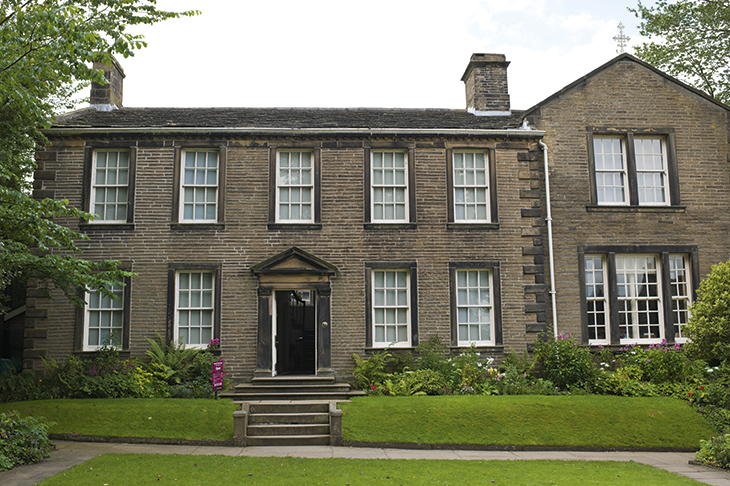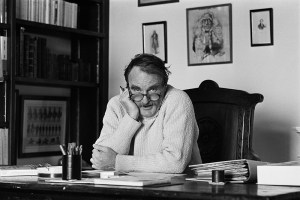‘Do you think, because I am poor, obscure, plain and little, I am soulless and heartless?’ Jane Eyre asks Mr Rochester in Charlotte Brontë’s most famous novel. What is true of Brontë’s heroine is equally true of her Yorkshire home: plain in every sense of the word and yet perennially mysterious.
The muted color palette of the house reflect the rain-soaked moors surrounding it in a pleasing way. Tucked up a cobbled lane behind Haworth’s church, you would easily pass by without stopping to notice it, were you not aware of its former inhabitants.
Much like Jane, Charlotte Brontë believed herself to be physically unremarkable. Even after the success of Jane Eyre, she struggled to make a strong impression in social situations. William Thackeray’s daughter cruelly remarked after their first meeting that ‘everyone waited for the brilliant conversation, which never began at all’.
Instead, the lively creativity that failed to find a platform in public thrived inside the walls of Brontë’s childhood home. It’s quite something to stand in the dining room that brought forth Charlotte’s Jane Eyre, Anne’s Agnes Grey and Emily’s Wuthering Heights, and imagine the stories that were swapped around the table late into the evening after their father had wound the grandfather clock on the stairs and retired to bed. That these feats of Victorian fiction came out of a small, unelaborate room with a view over the neighboring graveyard lends them all the more mystique.
Death was never far away from the parsonage; the sofa on which Emily is believed to have died sits nonchalantly in the corner. Behind it is the fireplace where Charlotte is purported by some to have burnt the unpublished manuscript of Emily’s second novel. Like its inhabitants, the house’s resolute plainness seems to contain a lingering fear of giving too much away.
I come in search of Emily’s gothic imagination and Charlotte’s eye for plot but find fabrics and beads behind glass. A dress worn by Charlotte holds pride of place in her bedroom, along with a pair of boots — much is made of her tiny hands and feet. In the corner is a coral necklace believed to have been bought by Anne on a trip to Scarborough where Charlotte later went to bury her: while Emily loved the moors, Anne was most at home by the sea. The few fragments I find of the sisters’ writing are inscribed into secretive, palm-sized notebooks, the words illegible without a magnifying glass. They bring to mind the disguises in Villette and the madwoman hidden in the attic.
Tucked away upstairs is a mahogany cabinet taken from the home of William Eyre. Charlotte wove Eyre’s cabinet, along with his name, into the pages of Jane Eyre after a visit to his house. The painted panels portraying the faces of the 12 apostles appear in the chapter where Jane first discovers Rochester’s mad wife.
In Bramwell Brontë’s bedroom, scrawled papers are strewn over the bed, ink is spilt and drawings are pinned to the wall. It’s strange, in these enlightened times, for such emphasis to be placed on the male creative mind while the sisters’ lives are left untapped in glass cabinets. But perhaps that’s the way they would have wanted it.
This article was originally published in The Spectator’s UK magazine. Subscribe to the US edition here.

























